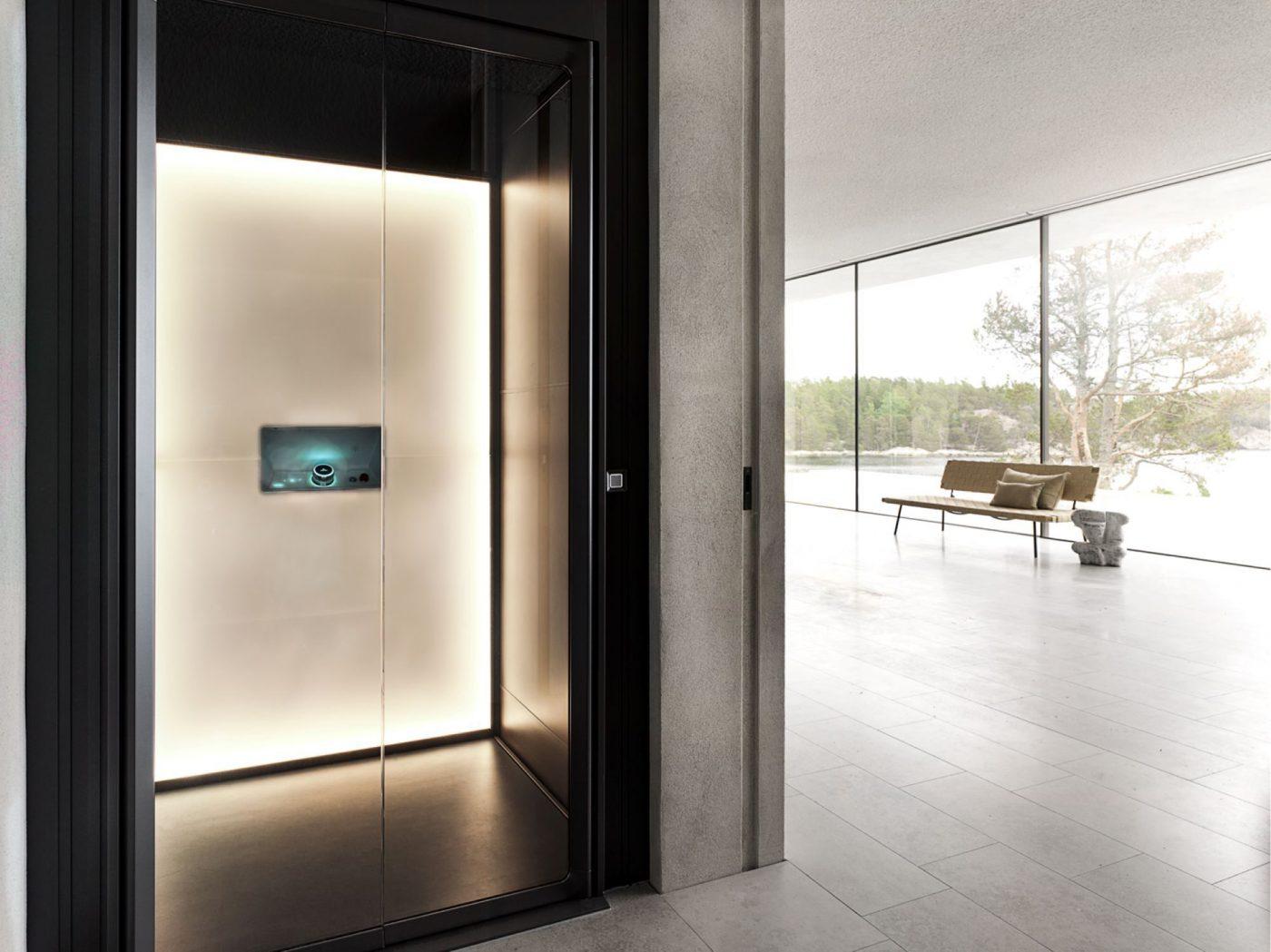Discover the very best Disabled Platform Lifts Prices UK for Residential and Commercial Use
Discover the very best Disabled Platform Lifts Prices UK for Residential and Commercial Use
Blog Article
Diving Into the Globe of Lifts: Typical Concerns Encountered by Various Lift Mechanisms
As we browse with the upright transport systems of modern-day structures, elevators attract attention as an indispensable element of our day-to-days live. However, behind their smooth procedure lies a world of complex systems that can often encounter difficulties. From hydraulic lifts to traction systems and machine-room-less styles, each lift kind includes its set of typical problems. Recognizing these challenges is important for making sure the smooth performance of these vital systems. Let's discover the intricacies that underlie the procedure of elevators and the possible problems that can arise, clarifying the intricate internet of lift devices.
Hydraulic Lifts
Hydraulic lifts, frequently favored for low-rise structures, utilize fluid pressure to control the activity of the lift auto (lift repair companies). This device involves a hydraulic pump pressing oil into a cyndrical tube, creating the lift to move in the preferred direction. While hydraulic elevators are understood for their silent and smooth operation, they do feature their very own set of usual issues
One widespread problem with hydraulic lifts is oil leak. The seals in the hydraulic system can put on out over time, leading to oil infiltration. If left unaddressed, this not just produces a mess but can also impact the lift's performance. Additionally, problems with the control system, such as faulty valves or a malfunctioning pump, can cause disruptions in the lift's activity.
Regular maintenance and timely repair services are vital to make certain the smooth functioning of hydraulic lifts. By resolving these common issues proactively, building proprietors can minimize downtime and ensure the safety and security and efficiency of their vertical transportation system.
Traction Lifts
When taking into consideration upright transport systems in buildings, another typical type apart from hydraulic lifts is the traction lift. Grip lifts operate using a system of ropes and counterweights that relocate the lift cars and truck by grasping onto the hoist ropes. This system allows for smoother and much faster upright transport compared to hydraulic systems.
Among the typical problems faced by traction elevators is rope wear. The constant movement of the ropes within the traction system can bring about tear and wear with time, potentially causing the elevator to breakdown or end up being risky for use. Regular examinations and maintenance of the ropes are vital to guarantee the elevator's correct performance and safety and security.
Another problem that traction lifts may experience is associated with the control system. Issues with the control system can lead to issues such as erratic motion, hold-ups in reaction times, or even complete shutdowns. Normal screening and upkeep of the control system are vital to stop such issues and make certain the lift's dependability.
Machine-Room-Less (MRL) Elevators

One of the key parts of MRL lifts is the small gearless traction machine that is set up within the hoistway. This device efficiently drives the lift car without the need for large devices located in conventional grip lifts. Additionally, MRL elevators typically use a weight system to stabilize the car, further enhancing their energy efficiency.
Regardless of their advantages, MRL lifts might face obstacles related to repair and maintenance because of the constrained space for devices installment. Ease of access for servicing parts within the shaft can be limited, calling for specialized training for service technicians. Proper maintenance routines and normal inspections are vital to make certain the ongoing smooth operation of MRL elevators.
Overloading and Weight Limitation Issues
Are lifts equipped to deal with excess weight tons effectively and securely? Straining and weight limit problems are essential concerns in elevator operations. Elevator makers style raises with details weight capacities to make certain traveler safety and security and devices longevity. Surpassing these weight limits can bring about numerous problems, including mechanical failures, delays, and safety risks.
When lifts are overwhelmed, it puts excessive pressure on the electric motor, cords, and other components, potentially causing malfunctions or malfunctions. Safety devices such as sensing units and overload sensors remain in location to stop elevators from moving if they detect excess weight. Additionally, going beyond weight limitations can result in increased power consumption and damage on the lift system.
To alleviate overwhelming issues, constructing managers need to plainly show weight limits in lifts and educate passengers on the value of adhering to these constraints - lift repair companies. Routine upkeep checks by lift repair near me qualified specialists can additionally help make certain that elevators are operating within safe weight specifications. By resolving overloading and weight limitation concerns proactively, building proprietors can enhance elevator safety and security and efficiency
Electrical System Failings
Exceeding weight limitations in elevators can not only lead to mechanical problems however likewise potentially add to electric system failings within the lift framework. Electrical system failures are a critical worry in elevator operation, as they can cause unforeseen shutdowns, malfunctions, or even safety risks.
Normal maintenance and examinations are critical to determine and address possible electrical concerns immediately, making sure the risk-free and reliable procedure of elevator systems. By sticking to weight limits and performing routine electrical system checks, structure proprietors can minimize the danger of electrical failings in lifts.
Final Thought

Hydraulic lifts, typically chosen for low-rise structures, make use of fluid pressure to control the motion of the elevator auto.When taking into consideration upright transportation systems in buildings, another common kind aside from hydraulic lifts is the traction lift. Grip elevators run using a system of ropes and weights that move the lift automobile by gripping onto the hoist ropes. Unlike traditional lifts that need a different equipment area to house the equipment, MRL elevators incorporate many of the elements within the shaft, eliminating the requirement for a dedicated maker room.In final thought, lifts face usual concerns such as hydraulic malfunctions, traction system failings, and electric system problems.
Report this page